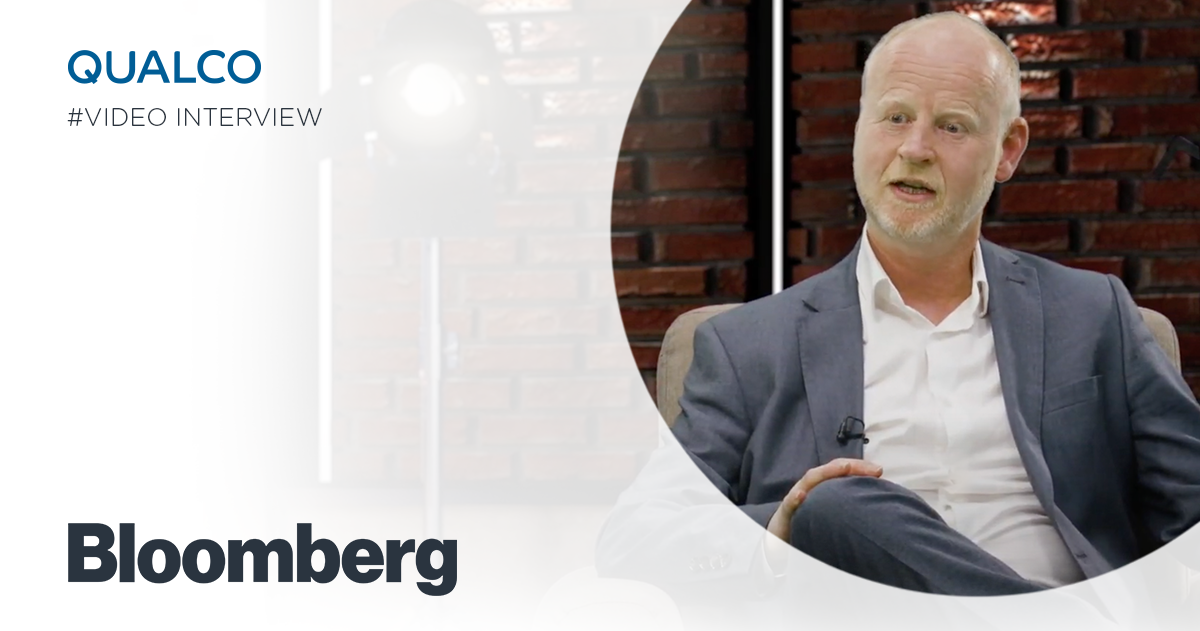[Interview] How to solve non-performing loans through data-driven digital experiences
QUALCO |
View at Bloomberg
The past year has seen household and corporate debt stock soar in Europe because of the pandemic. Governments stepped in to keep the economy afloat: EU countries took liquidity measures to the tune of €2.3 trillion, while the UK government spent £280 billion to avert a catastrophic economic shock.
But furlough schemes and debt repayment holidays are set to end by the close of 2021 – and without them, many businesses and households will struggle to service their debts. The European Commission is expecting a sharp rise in the stock of non-performing loans (NPLs) – at an estimated total cost of more than a trillion euros.
European banks have entered the Covid-19 pandemic with, on average, higher capital ratios compared with the 2008 crisis, while the IFRS 9 accounting standards induce faster NPL recognition. On the other hand, fast NPL recognition may also constrain bank lending during downturns.
At QUALCO we’re conscious that, to mitigate those costs, it’s crucial that lending organisations forecast, manage and resolve non-performing loans in the most accurate and proactive way possible by adequately covering the following three areas using advanced technology solutions.
Identifying customer behavior
In these challenging times every financial institution, lender and credit management entity must make their data and insights work harder. To innovate successfully, businesses not only need a data strategy, but they need to also execute that strategy effectively to develop resilience.
Building quickly explainable, authoritative models on customer behaviour can help businesses identify segments and individuals who have become vulnerable because of the epidemic, as well as providing insights into the cause of such vulnerability. These segments might be based on specific professions or industry sectors, demographics or regional variation. By using this type of analysis, creditors will be able to inform customer segmentation, communication strategies and treatment paths, leading to much higher returns.
Digital interactions and self service
Customers who drift into the collections process are often not getting the discreet and convenient communication they need, resulting in payment delays and a bad customer experience. In parallel, in today’s digital world customers demand the convenience of self-service.
Recognising a customer’s preferred method of communication, and inviting them into dialogue via the digital channels they prefer, increases response and collection rates. An omni-channel communications approach can help lending organisations engage with customers effectively and optimise their journey through recovery and rehabilitation.
Corporate and SME debt workout
If the economic recovery from the pandemic is slow and protracted, credit losses from corporate and SME distress will rise and could overwhelm banks, further complicating NPL resolution. That’s why creditors require access to a range of practical tools to enable them to handle corporate and SME debt more quickly and efficiently than they did pre-Covid-19.
It will be important to help creditors quickly recognise which of their business customers are operating in a ‘zombie mode’, i.e. the revenue they generate barely covers their operating costs and loan repayment, compared to those which have a sustainable post pandemic business model.
Watch the full video interview here
